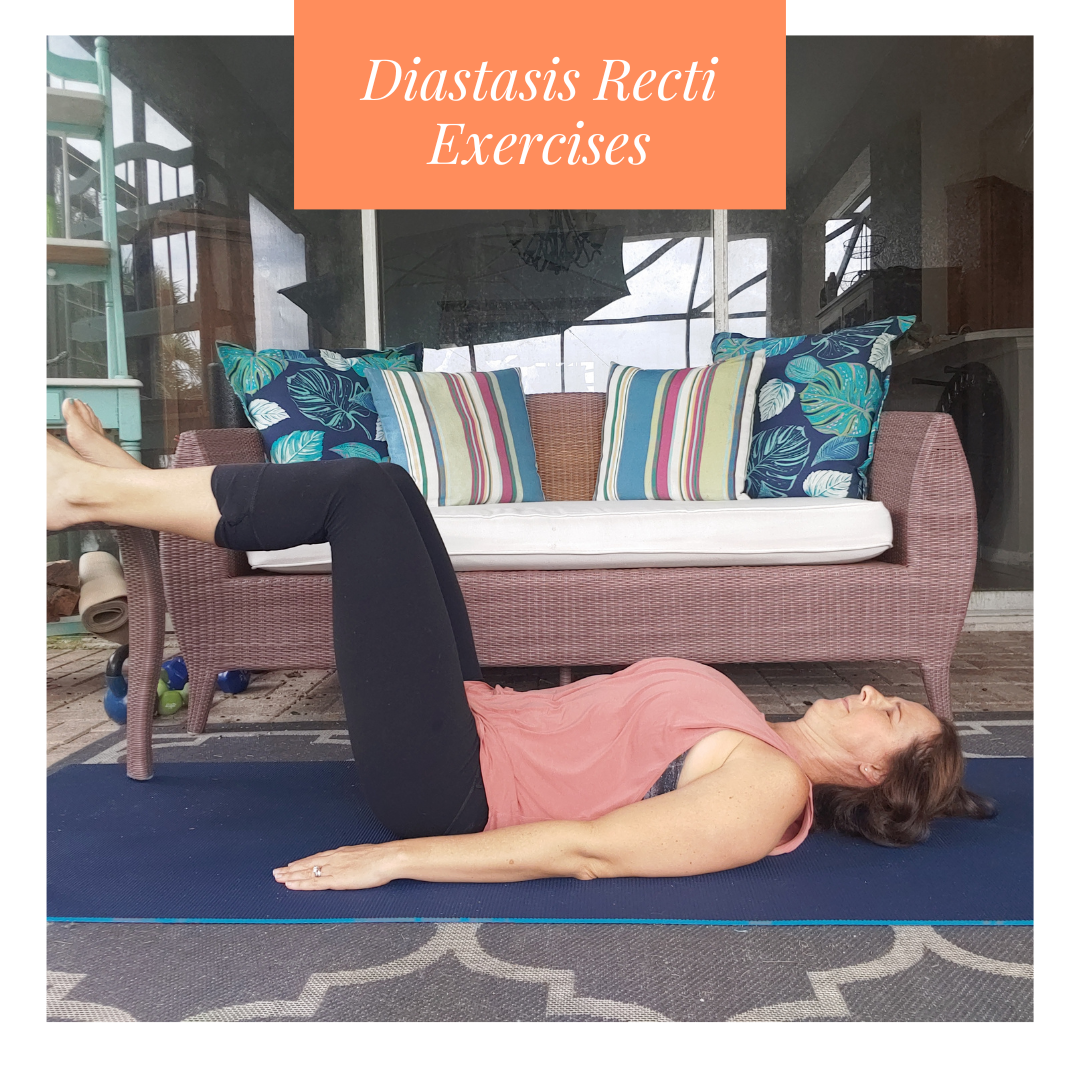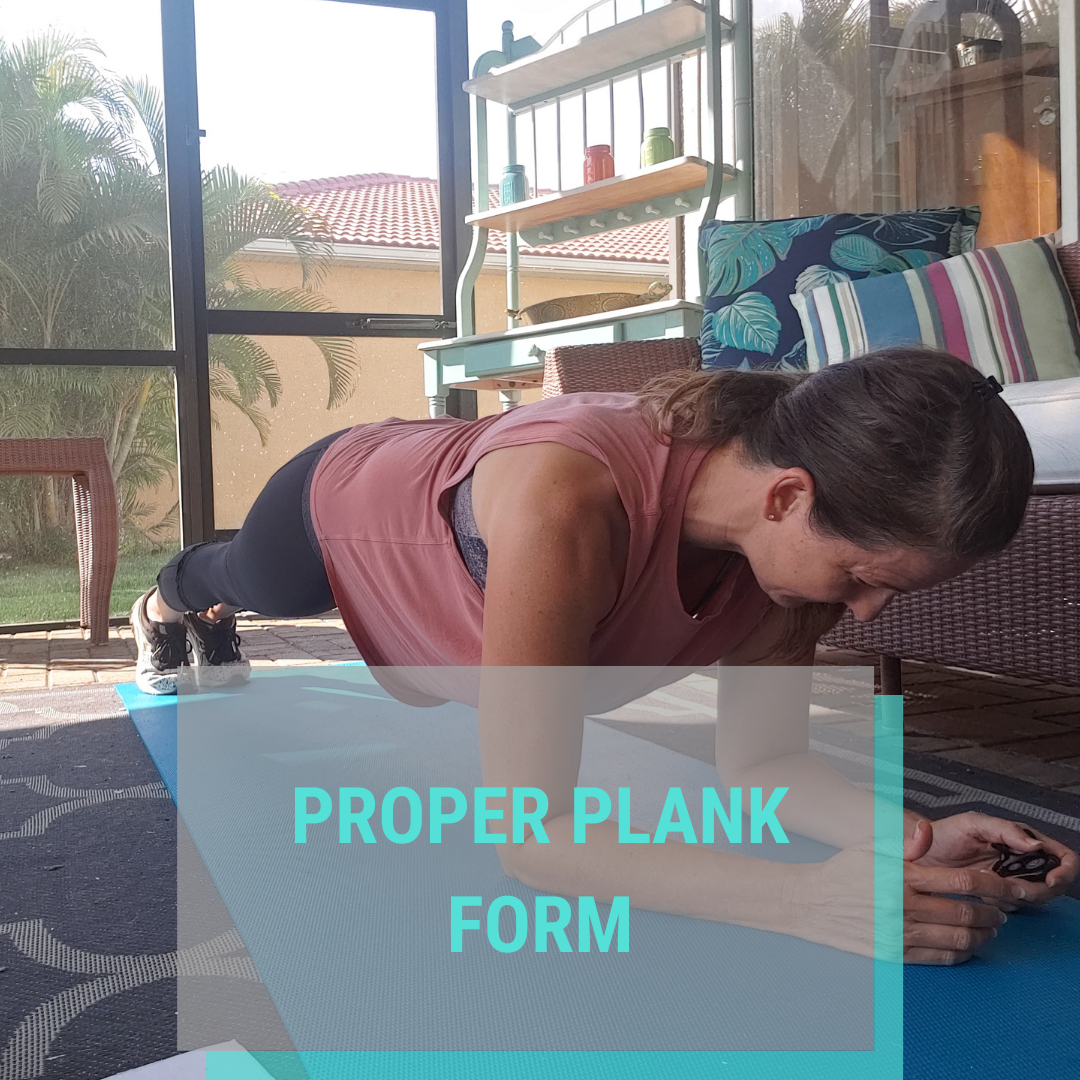Bracing Exercises to help you build a strong core

Bracing exercises is one of the most important things you can do to strengthen your abdominal muscles. It will help to protect your lower back and pelvic floor while exercising and ensure you are not relaxing into your joints while lifting heavy loads and throughout different movement patterns. Once you learn to brace while exercising, it will help you with posture and also help support you through different movements you do in your everyday life while decreasing your risk of injury.
How to practice abdominal bracing exercises:
- As you are sitting here reading this, I want you to first sit up nice and tall. Imagine someone attaching a string up through your spine to the crown of your head. They pull you up by pulling on that string. Now you are sitting up taller.
- Next, imagine someone is getting ready to punch you in the stomach. How would you activate your core muscles to get ready for that. You should feel an abdominal brace of the stomach occurring. These muscles are your transverse abdominis muscles firing on and are like a natural muscle corset.
- Make sure that you are not sucking in at the belly button.
- Instead think as if you are zipping up from your pubic bone to your rib cage firing, so that the other muscles can jump on board. When you did this, you may have noticed your rectus abdominis (six-pack muscles) and external obliques kicking on.
- Last but not least, now think about broadening your stomach slightly like a pancake to help the internal obliques fire on as well.
Bracing is important to safely support your center when exercising. It is important to understand that we do not need to brace every day during daily activities to be more effective. You want to brace when lifting the object requires a stable core to help protect the lumbar spine from injury.
Breathwork and Bracing:
Before you start doing any core exercises, I want you to focus on breathing. Breathing will help you to expand your diaphragm effectively so that your pelvic floor muscles begin to work as well. Breathwork will help you reconnect to your core and create intra-abdominal pressure for better core stability.
Breathwork is the foundation of a strong core and can make a significant difference in your abdominal exercises if you know how to breath during core engagement. In the video below, I share some techniques to help get a deep breath in, where the full ribcage expands, especially into the back ribs. I also share a technique to help strengthen the pelvic floor muscles through an isometric contraction in the lower abdomen. These are a few of the primary movements to help with core engagement.
Bridge
Bridges are a great exercise to help strengthen your glutes to support your core and improve posture. Strengthening the glutes are important for spinal stability and are a prime mover for the lower extremities. You may think that the glute is a superficial muscles, but that is not the case. It is imperative for most functional movements. Focus on breathing throughout the movement (I like to recommend breathing out on the up), to help connect to the core. In the videos, I share proper form and then provide you with a great glute strengthening workout.
Abdominal exercises:
Before starting core workouts, make sure to test for Diastasis Recti (read the article) and if you have it follow the exercises and information that I have posted. If you determine you don’t have Diastasis Recti you can begin moving through ab exercises similar to the exercises in the video below.
Single leg movements
Single leg exercises are a great way to start challenging your core through more of a functional movement pattern. You can work on practicing single-leg deadlifts and paying attention to what happens to your hips when you move through the movement. The goal is to not sink into a hip (which would be a sign of weak glutes), or hike a hip up (using the low back to create or support the movement), if you are struggling with balance with this particular exercise, than I would also recommend working on foot and core strength. I find that the more single-leg exercises you incorporate into your exercise programs, the more positive impact you will notice with everyday activities.
Planks
Planks are a great exercise to strengthen the core but be careful, especially if you are new to fitness. There is a lot of pressure on the abdominal wall in this position and can create stress if you are not managing the pressure properly. You can always start up against the wall to see how your core and pelvic floor feel and then slowly start to lower yourself down to the floor from counter to table, to chair, to knees and then full plank.
Side Planks
I love doing side planks and they are a great option if you are struggling to manage the pressure but also can help you to start challenging your muscles a bit more. This exercise can start to help those who aren’t moving forward with Diastasis Recti to helping them see a difference with their core. I do like to recommend starting on both knees, then you can move up to one knee before moving to both feet. I also recommend dropping the top shoulder down just a bit to help make sure that your using your obliques rather than using the erector spinae muscles in the back.
If you are interested, grab our Free guide to help you strengthen the lower abs to help you reconnect to your core.
Other blog posts you may enjoy:
Tips on how to practice Proper Plank Form and Variations





